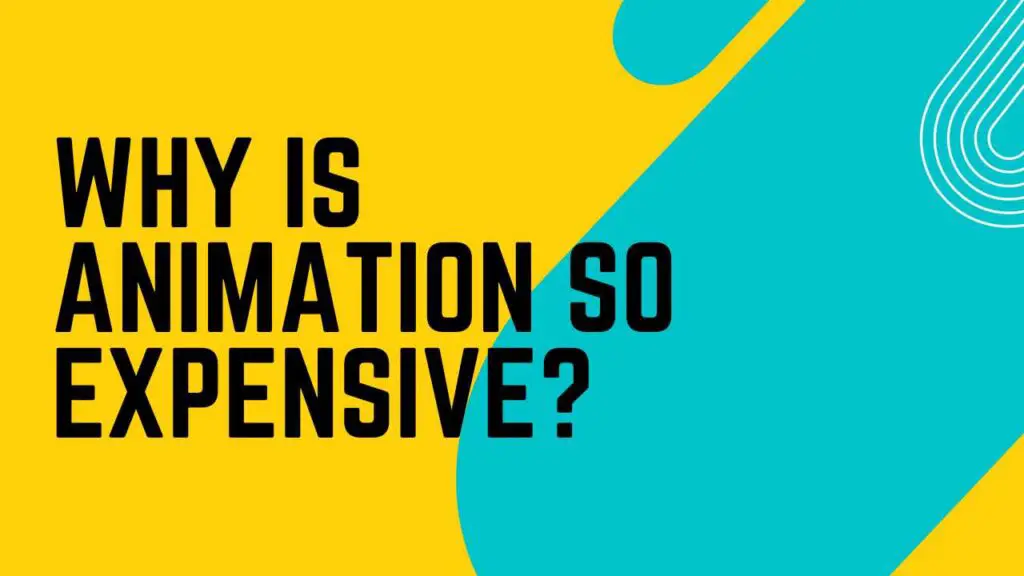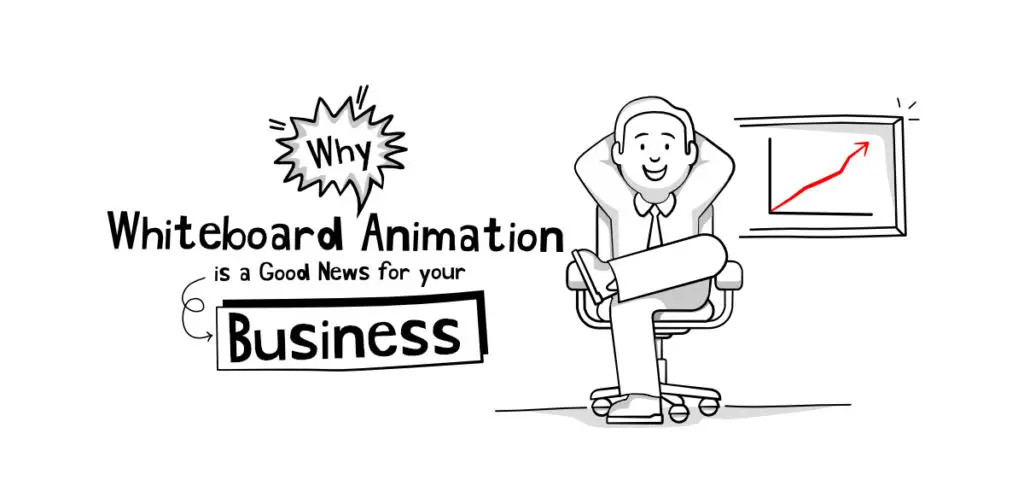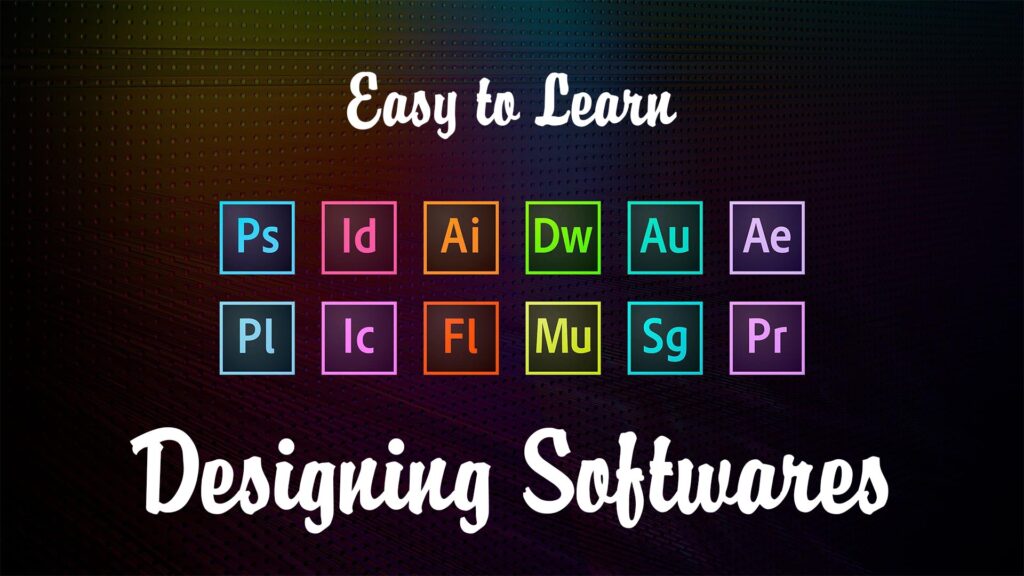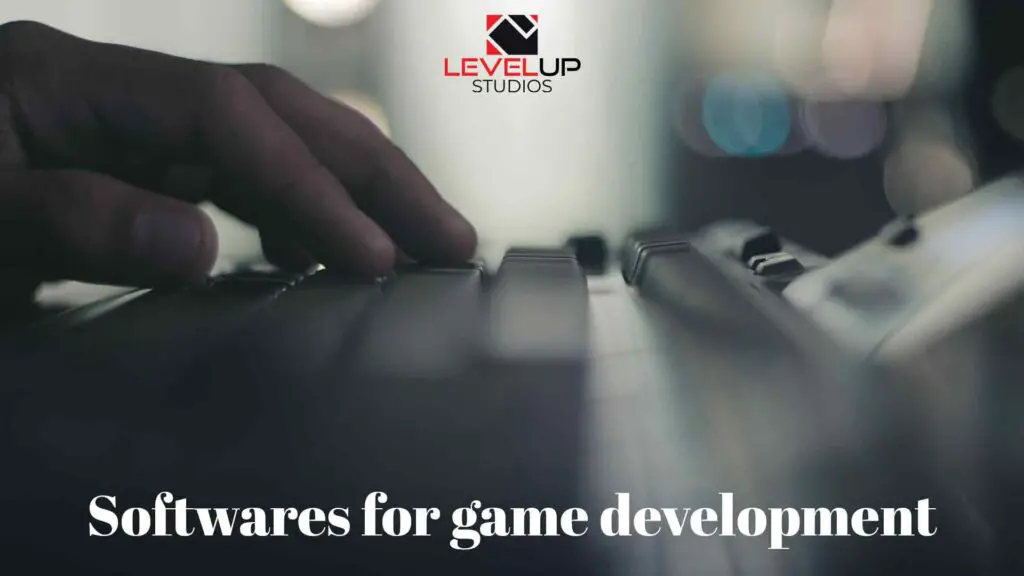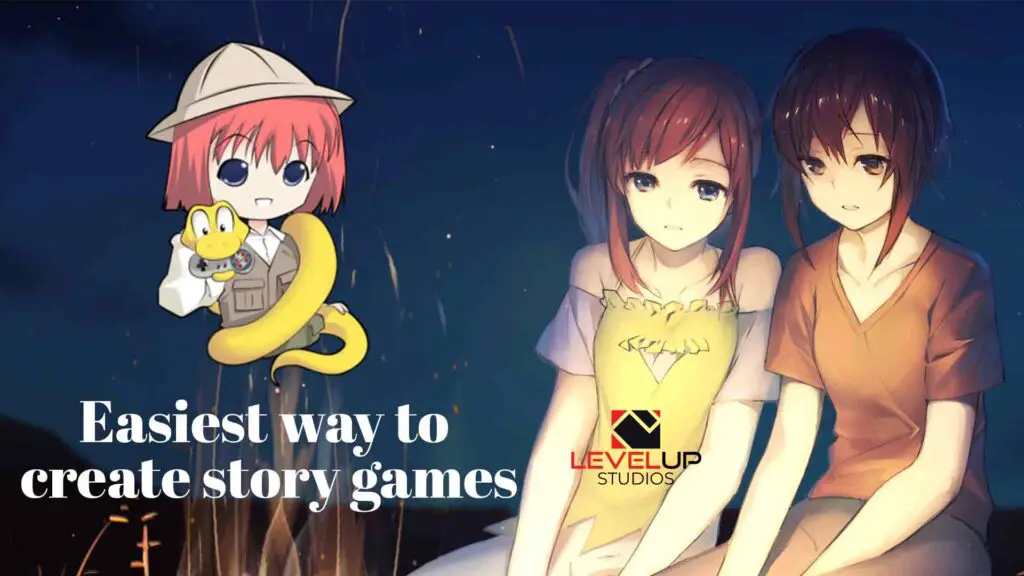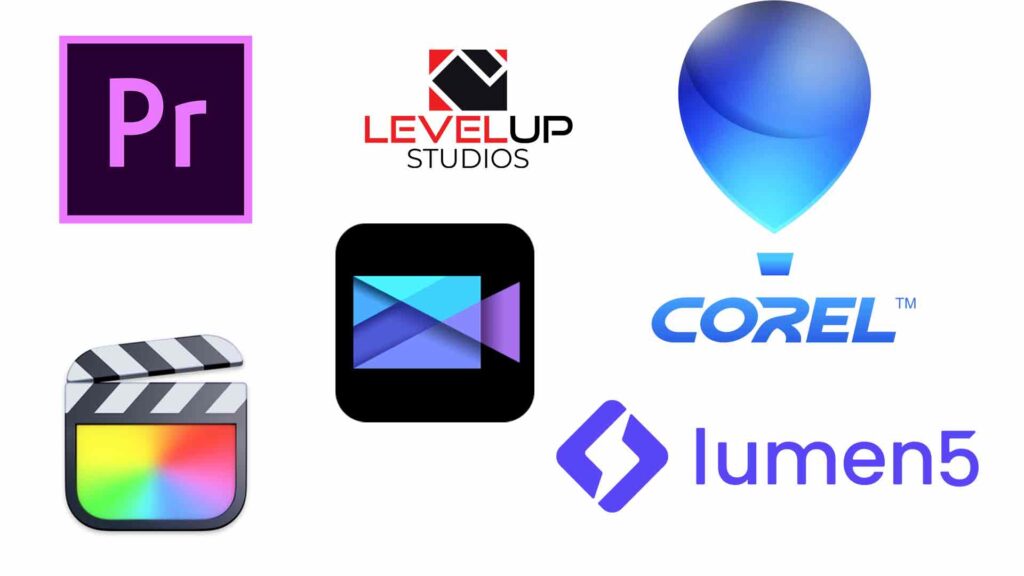THIS ARTICLE MAY CONTAIN AFFILIATE MARKETING LINKS! IN CASE YOU MAKE A PURCHASE THROUGH ONE OF THE LINKS, WE'LL GET A SMALL COMMISSION. WITH NO EXTRA CHARGES TO YOU. THANKS!!
Animation can be quite pricey, and here’s why in a nutshell. It’s not just about drawing cute characters and making them move; there’s a lot more to it. Let’s explore why is animation so expensive.
Why is Animation so Expensive?
First off, animation requires a ton of skilled labor. You need animators, storyboard artists, voice actors, and more. These folks have spent years honing their craft, and that expertise comes at a cost.
The process itself is painstaking. Think about it – to create a single second of animation, you might need 24 individual frames! Each frame is meticulously drawn, and that’s just for a basic 2D animation. If you’re into 3D animation, it’s even more intricate, with modeling, rigging, and rendering.
Then there’s the software and hardware. Powerful computers and specialized software are essential for creating high-quality animations. These tools can be expensive, and they need to be regularly updated to keep up with industry standards.
Sound is crucial in animation, too. You’ll want a killer soundtrack, sound effects, and possibly voice actors. All of this adds up.
Another big expense is time. The more detailed and complex the animation, the longer it takes. And time, as they say, is money.
Lastly, there’s the cost of marketing and distribution. You’ve got to get your animation out there, and that involves promotional materials, advertising, and possibly entering it into film festivals.
So, in a nutshell, animation isn’t just about drawing. It’s a combination of skilled labor, technology, time, and marketing.
What makes animation production more or less expensive?
We’re about to unravel the mysteries of animation production costs. Animation can be a real art form, and its expense depends on a few key factors. So, let’s dive right in.
1. Animation Style: The type of animation you choose plays a significant role. 2D animation tends to be less costly than 3D or stop-motion animation. Each style requires different techniques, software, and skill sets, impacting the budget.
2. Complexity: How intricate is your animation? More complex scenes with detailed backgrounds, characters, and movements demand more time and resources. Simplicity can be your budget’s best friend.
3. Labor: Skilled animators are the heart and soul of animation production. Their experience and talent can come at a premium. The more animators you need and the longer the production, the higher the labor costs.
4. Voice Talent: If your animation includes dialogue, you’ll need voice actors. Famous or experienced voice actors often charge more, but they can bring your characters to life.
5. Software and Equipment: Top-notch animation software and hardware are essential. They can be a one-time investment but require occasional upgrades. These tools are the animator’s best friends, but they do come with a price tag.
6. Length: The longer your animation, the more it’ll cost. More frames, more scenes, and more time required for completion all contribute to increased expenses.
7. Sound and Music: A killer soundtrack, sound effects, and a composer can add to your budget. But they’re essential for creating an engaging and immersive experience.
8. Editing and Post-Production: Polishing and fine-tuning your animation can add costs. Editing, color correction, and effects are all part of this phase.
9. Marketing: Just like any other production, you’ll need to promote your animation. Trailers, posters, and advertising campaigns all come with their own price tags.
10. Project Management: Proper planning and project management can help control costs. Delays and mismanagement can lead to unexpected expenses.
11. Creative Team: Don’t forget the cost of a creative team for concept and story development. Writers, storyboard artists, and concept artists play a crucial role in the animation’s success.
So, in a nutshell, animation production costs vary depending on style, complexity, labor, and a host of other factors.
How much do you think an animated film would cost?
Ah, the million-dollar question – or should I say, the multi-million dollar question when it comes to animated films! The cost of an animated film can vary wildly, and it largely depends on the factors we discussed earlier. But let’s break it down for a better estimate.
Low Budget: For a basic, no-frills, independent animated film, you might be looking at a budget in the range of $1 million to $10 million. This would likely involve 2D animation, a shorter runtime, a small team, and fewer complex scenes.
Mid-Range: A mid-range animated film with more complexity, a longer runtime, and a moderately experienced team could cost anywhere from $10 million to $50 million. This might include 3D animation, more detailed character designs, and a bit of star power in the voice cast.
High-End: Now, if you’re thinking of a blockbuster-style animated film with all the bells and whistles, you’re easily looking at a budget exceeding $100 million. Think top-tier animation, A-list voice actors, extensive marketing, and a runtime that can rival live-action films.
Exceptional Cases: Of course, there are exceptions. Films like Disney‘s “Frozen” or Pixar’s “Toy Story” required budgets in the hundreds of millions due to their cutting-edge technology and extensive marketing campaigns.
Remember, these are ballpark figures, and there are outliers in both directions. The costs can skyrocket if you aim for extraordinary quality, unique animation styles, or if there are extensive delays. On the flip side, a shorter, less complex film could be made for less.
So, in conclusion, the cost of an animated film is a moving target, but it’s safe to say that they’re substantial investments.
Misconceptions about animation
Ah, misconceptions about animation – it’s time to set the record straight for all you curious readers out there! Animation is a fascinating world, but it’s not without its fair share of myths. Let’s debunk a few of them:
- “Animation is just for kids.” A common misconception! While animation has its roots in children’s entertainment, it spans all genres and demographics. From gritty adult animations like “South Park” to emotionally profound works like “Grave of the Fireflies,” animation is a versatile medium for storytelling.
- “Animation is easy and quick.” Oh, if only it were that simple! Animation is a painstaking, time-consuming process. Each second of animation can take hours or even days to create, from sketching to rendering. It’s a labor-intensive art form.
- “All animators are illustrators.” While many animators have artistic talents, not all are traditional illustrators. Animation involves a range of skills, from 3D modeling to rigging, and even coding for interactive animations.
- “Animation is dying with the rise of live-action films.” Far from it! Animation is thriving, with a diverse range of styles and technologies. It offers unique storytelling opportunities and can complement live-action in ways that no other medium can.
- “It’s all about Disney and Pixar.” While Disney and Pixar have made a massive impact on animation, there’s a world of lesser-known studios and independent animators creating incredible work. Don’t miss out on hidden gems from all over the globe.
- “Animation is just for entertainment.” Animation isn’t limited to entertainment; it’s also a powerful tool for education, training, and communication. Explainer videos, medical animations, and educational content are prime examples.
- “Animation is cheaper than live-action.” Not necessarily. High-quality animation can be just as costly as live-action, sometimes even more. It depends on the complexity, style, and the level of detail required.
- “You need the latest software for good animation.” While up-to-date software can help, creativity and skill matter most. Some of the most iconic animations were created with older, simpler tools. It’s the artist, not the software, that truly brings characters to life.
- “You have to be a big studio to make great animation.” Independent animators and small studios produce incredible work too. Sometimes, limitations can lead to creative solutions and unique styles.
- “Animation is just a hobby, not a career.” Animation is a legitimate and thriving career. There are countless job opportunities, from animators to storyboard artists and character designers.
So, there you have it – a peek behind the curtain of animation to debunk some common misconceptions.
Is Animation cheaper than Live Action
it’s a bit like comparing apples and oranges. The cost difference can vary widely, and it depends on a range of factors. Let’s explore the nuances:
1. Scale and Complexity:
- Animation: Basic, 2D animation can be more cost-effective than live action, especially for shorter projects. However, as the complexity and detail of animation increase (think 3D animation or intricate special effects), costs can quickly rise.
- Live Action: Simple live-action productions with a small cast and minimal special effects can be budget-friendly. But big-budget live-action films with complex stunts, CGI, and extensive sets can become incredibly expensive.
2. Time and Labor:
- Animation: Animation is often a labor-intensive process, as each frame or movement requires careful attention. It can be time-consuming and may require a team of skilled animators.
- Live Action: Live-action productions often require a large crew, and time is money. Longer shoots with more crew members can significantly add to the cost.
3. Locations and Sets:
- Animation: Animation allows you to create any world or setting you can imagine, which can be cost-effective if you don’t need to rely on physical locations.
- Live Action: Shooting on location or building elaborate sets can substantially increase costs. The need for permits, travel, and set construction all contribute.
4. Talent:
- Animation: Skilled animators and voice actors can be costly, especially if you’re looking for top-tier talent.
- Live Action: A-list actors and experienced directors can demand high salaries, contributing to the budget.
5. Equipment and Technology:
- Animation: Specialized animation software and high-quality computers are essential but are usually a one-time investment.
- Live Action: Renting or purchasing professional cameras, lighting, and sound equipment can add to the expenses.
6. Post-Production:
- Animation: Post-production in animation involves editing, sound design, and visual effects, which can contribute to costs.
- Live Action: Similar post-production elements are involved in live action, often with the addition of extensive visual effects, which can be pricey.
In summary, there’s no one-size-fits-all answer. Basic animation can be more cost-effective than elaborate live-action productions. However, when it comes to high-end animation and massive live-action blockbusters, the costs can be quite comparable. It all depends on the specific project’s requirements and creative choices.
